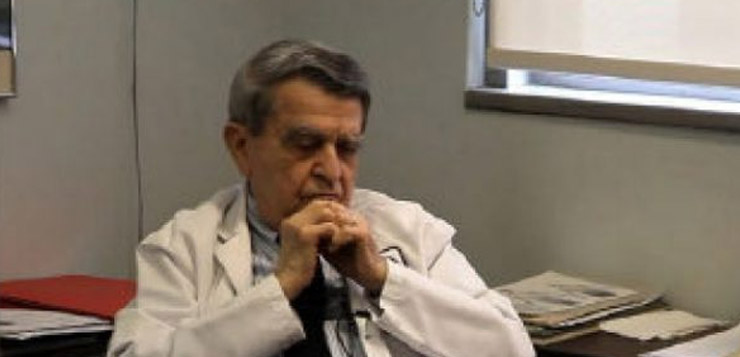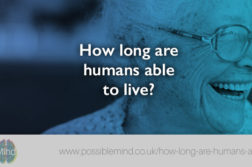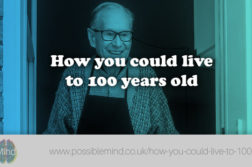The best-selling author, who died June 22 at age 93, was endorsed by Larry David and touted as a ‘hero’ by Howard Stern.
A physiotherapist once told me I’d be a “train wreck” by 40.
I was a 19-year-old with chronic back pain and no one knew what to do. I stopped running, stopped lifting weights and could hardly sit in a chair for more than 30 minutes. My preferred position was horizontal, a heating pad hugging my lumbar.
Nothing showed up on X-rays, bone scans, MRIs. I tried chiropractic adjustments, deep tissue massage, hot yoga, acupuncture, shiatsu and some more eccentric treatments including one where a woman gently prodded “pressure points” on my body and insisted I’d feel better in a week.
I did not feel better. Not until I read a book called Healing Back Pain by a New York University doctor named John E. Sarno.
Sarno, considered a hero by thousands of patients and readers he never met, died June 22 from cardiac failure, a day before his 94th birthday.
He claimed for decades that most chronic pain is psychosomatic, a mind-body process called tension myoneural syndrome (TMS) caused by repressed emotions. He wrote three controversial bestselling books — Healing Back Pain, The Mindbody Prescription and The Divided Mind — and won the powerful endorsement of celebrities including Seinfeld creator Larry David and radio personality Howard Stern, who aired a tribute to the doctor last month.
“He was an amazing man,” Stern said, according to his website. He suffered from debilitating back pain that had him on the floor for years until he read Sarno’s books. “I got a note from his wife . . . I wrote her back. I said, ‘I can’t tell you how sad I am that my hero is gone.’ ”
Opioid prescriptions on the rise despite health risks, report finds
Healing crystals are big business, but do they actually do anything?
Sarno remained a pariah in the medical community despite thousands of success stories and a growing lack of evidence for conventional diagnoses and treatments that North Americans spend billions of dollars on annually. But recognition for his work has grown in recent years. In 2012, Sarno testified in Washington before a U.S. Senate committee called “Pain in America: Exploring Challenges to Relief.” He has been characterized as “the rock star of the back world” in the new bestselling book Crooked: Outwitting the Back Pain Industry and Getting on the Road to Recovery by investigative journalist Cathryn Jakobson Ramin.
“The legacy that (Sarno) leaves is an understanding of the relationship between the mind and the body,” says Jakobson Ramin, who doesn’t buy into Sarno’s theory that most chronic pain is caused by emotional phenomena. “He continued to insist that the mind and the body were one, they couldn’t be separated and that the mind was perfectly capable of generating physical symptoms. I think that that is accurate. But it’s not the whole story.”
I didn’t buy it at first, either. I thought he was a Freudian quack when I read about him in a desperate Google search for back pain treatments. He claimed to have helped thousands relieve pain without surgery, drugs or physical intervention. His only prescription was knowledge: read his books, journal about your emotions, ignore the pain and resume physical activity.
Unconscious emotions like repressed rage are the true cause of chronic pain, he said, once serious illness like cancer and infection are ruled out by a physician. You can “think away” the pain because it is a trick of the mind, a distraction from emotions that the brain has deemed too intense to experience. But that doesn’t mean the pain isn’t real, or that it’s all in your head.
“The pain is always real,” he told the Senate committee in 2012. “In medicine in general, there’s a tendency to look at things from the anatomical and physiologic point of view and perhaps not recognize the impact of emotions on the physiology.”
But what about those scary abnormalities doctors point out on X-rays and MRIs? Normal, he said. Indeed, scientific evidence backed up some of his claims over the years. A 1994 study published in the New England Journal of Medicine showed that 64 of 98 men and women had lumbar disc bulges and protrusions, but no back pain. Research continued to dispel years of diagnoses, including a 2014 Mayo Clinic literature review of more than 3,000 people published in the American Journal of Neuroradiology that found “degenerative disc disease” is common in all ages and can be asymptomatic.
For years, those frightening abnormalities led most physicians to prescribe rest and a “stop if it hurts” philosophy, both which experts now say is out of style.
Read the full article at the Star.com






